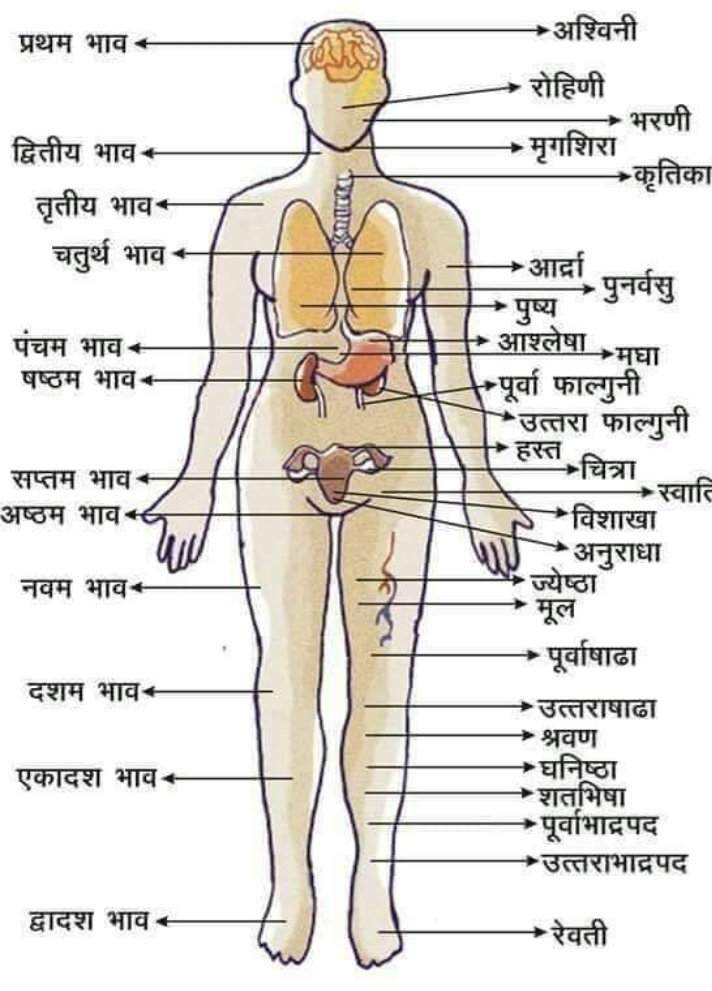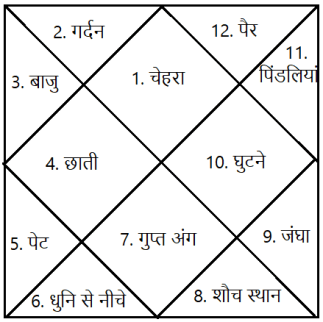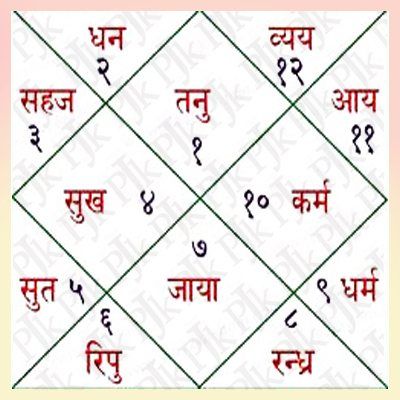I use this tool by far the most. Here is where I identify all of the big moving transactions happening in the market. I generally look for Strikes that are OTM and are weekly or bi-weekly expirations, this shows urgency.
As promised, here is a thread on how I use @unusual_whales to help me find actionable plays.
Please note that these are TOOLS, they are not a magic perfect tool for you to get rich quick. There will be winners, there will be losers.
@snorlax_support
I use this tool by far the most. Here is where I identify all of the big moving transactions happening in the market. I generally look for Strikes that are OTM and are weekly or bi-weekly expirations, this shows urgency.
Emoji's - All selected besides Bid Side, ETF, Monthly, and Leaps.
EXPIRY - Nearest 4-5 Dates
Ask Side - ON
Bid Side - OFF
Exclude Deep ITM - ON

I start by looking at the 1K, 5K, 15K, and 30K to get a good feel for the volume for each expiry and strike price. I then go to the history to look at the options breakdown for each day. I mainly focus on Call Prem %, anything over 65%
EX. $MU

This isn't a lesson on TA, but when I'm charting im looking for Supply/Demand zones, Trend lines, Candlestick patterns - various time frames, and support/resistance levels (Yes, these are different from Supply/Demand) that are confluent with what im seeing from flow
After all this is done I go through Social media (mainly twitter) as well as various news outlets looking for things that can give me any indication on whether the ticker i'm looking at is trending / has any reason to be moving quickly near term.
Once all this is done, I take all the information i've gathered and put together a thesis for my trade. I plan it in great detail and I NEVER deviate from the plan (very important). This outlines areas to enter and exit as well as when to scale in / out.
Big shout outs go to @YourBoyMilt @SharkofTraders @Just2Traders @tradinggrounds for being great resources in the UW community! If anyone needs further help / has questions my DM's are open. Happy Trading!
More from Options
You May Also Like
Who are these chuds?
Patriot Front broke away from white nationalist org Vanguard America following #unitetheright in #charlottesville after James Alex Fields was seen with a VA shield before driving his car into a crowd, murdering Heather Heyer & injuring dozens of others
Syed Robbie Javid a.k.a. Sayed Robbie Javid or Robbie Javid of Alexandria,
Happy Monday everyone :-) Let's ring in September by reacquainting ourselves with Virginia neo-Nazi and NSC Dixie affiliate Sayed "Robbie" Javid, now known by "Reform the States". Robbie is an explicitly genocidal neo-Nazi, so lets get to know him a bit better!
— Garfield but Anti-Fascist (@AntifaGarfield) August 31, 2020
CW on this thread pic.twitter.com/3gzxrIo9HD
Antoine Bernard Renard (a.k.a. “Charlemagne MD” on Discord) from Rockville, MD.
https://t.co/ykEjdZFDi6

Brandon Troy Higgs, 25, from Reisterstown,
Like company moats, your personal moat should be a competitive advantage that is not only durable—it should also compound over time.
Characteristics of a personal moat below:
I'm increasingly interested in the idea of "personal moats" in the context of careers.
— Erik Torenberg (@eriktorenberg) November 22, 2018
Moats should be:
- Hard to learn and hard to do (but perhaps easier for you)
- Skills that are rare and valuable
- Legible
- Compounding over time
- Unique to your own talents & interests https://t.co/bB3k1YcH5b
2/ Like a company moat, you want to build career capital while you sleep.
As Andrew Chen noted:
People talk about \u201cpassive income\u201d a lot but not about \u201cpassive social capital\u201d or \u201cpassive networking\u201d or \u201cpassive knowledge gaining\u201d but that\u2019s what you can architect if you have a thing and it grows over time without intensive constant effort to sustain it
— Andrew Chen (@andrewchen) November 22, 2018
3/ You don’t want to build a competitive advantage that is fleeting or that will get commoditized
Things that might get commoditized over time (some longer than
Things that look like moats but likely aren\u2019t or may fade:
— Erik Torenberg (@eriktorenberg) November 22, 2018
- Proprietary networks
- Being something other than one of the best at any tournament style-game
- Many "awards"
- Twitter followers or general reach without "respect"
- Anything that depends on information asymmetry https://t.co/abjxesVIh9
4/ Before the arrival of recorded music, what used to be scarce was the actual music itself — required an in-person artist.
After recorded music, the music itself became abundant and what became scarce was curation, distribution, and self space.
5/ Similarly, in careers, what used to be (more) scarce were things like ideas, money, and exclusive relationships.
In the internet economy, what has become scarce are things like specific knowledge, rare & valuable skills, and great reputations.






























